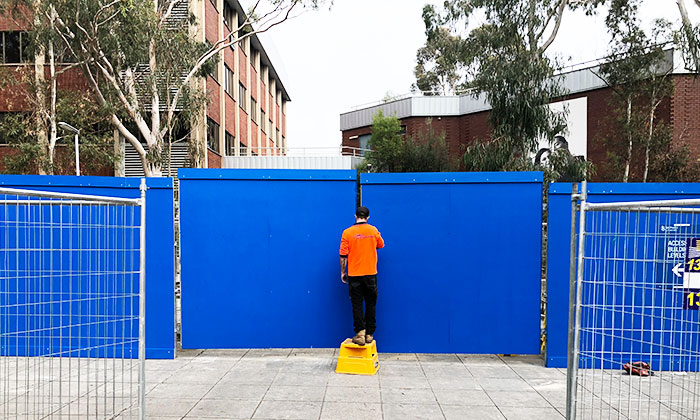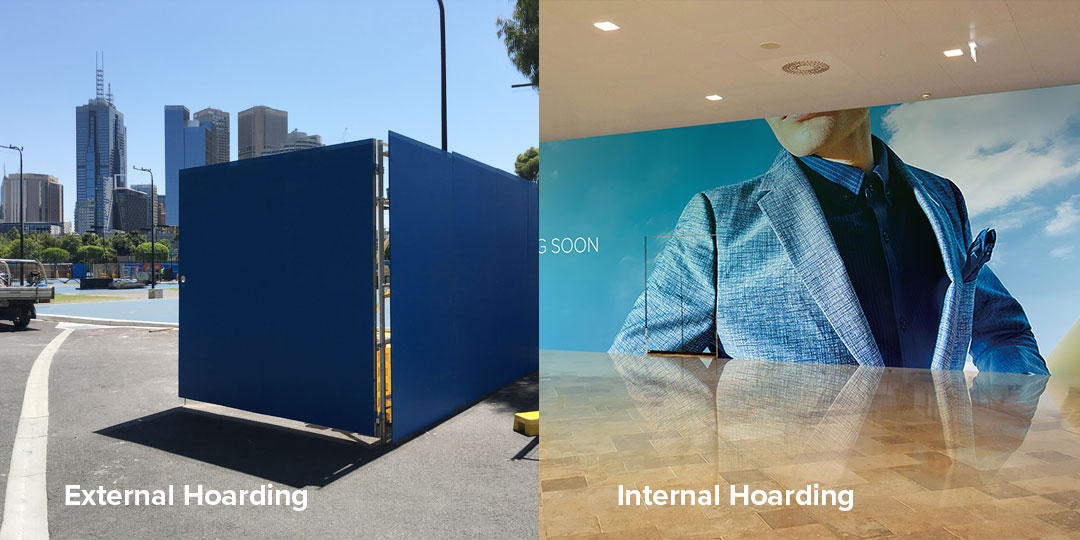
What is Construction Hoarding?
Construction Hoarding, or A-Class Hoarding, is the use of boards, fences or other standing structures to signal and secure the boundary of a construction site.
A successful construction project is built upon numerous micro-components—the integrity and solidity of each component determines that of the whole. While ginormous plants and vehicles are often the most eye-catching pieces in the field, well-executed hoarding is the first step and baseline to ensuring the well being and interest of all parties involved.
In fact, correct visual and physical marking of site perimeter is often legally required, before any construction work may commence. While Class-A Hoarding is an integral part of this purpose, it differs from Class-B hoarding as it does not necessarily provide overhead protection: it is not a scaffold or roofed pedestrian passage [1]. At the same time, a permit is required for hoarding installation on government-owned land [2].
4 common configurations of hoarding fence structures are:
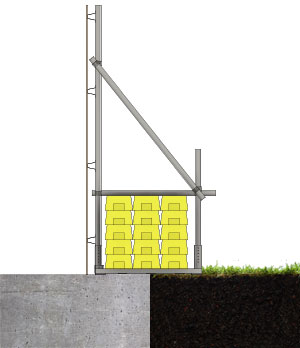
Counterweighted, Above-Ground
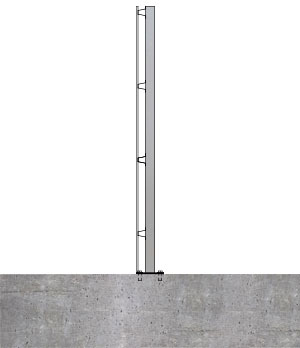
Dyna Bolted
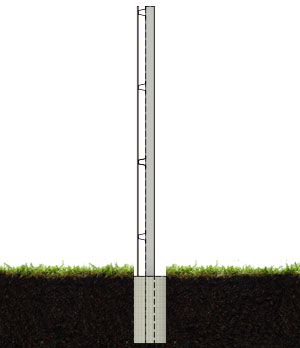
In Ground
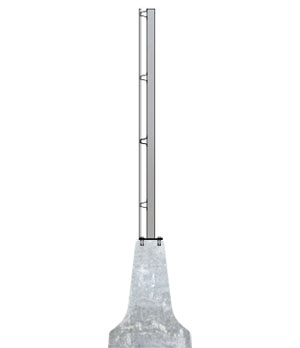
Jersey Kerb Hoarding

Utilising appropriate types of hoarding structure increases its modularity and reusability, meeting demands of different landscapes and budgets.
3 significant aspects of hoarding:
- Safety
- Security
- Culture & Communication
Safety
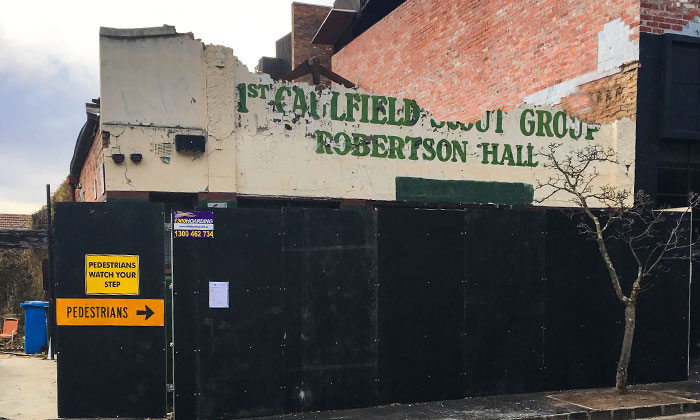
SafeWork Australia targets construction as a priority industry in The Australian Work and Health Safety Strategy 2012-2022 [3]. In its 2015 Construction Industry Profile, SafeWork reports that while serious incidence and fatality rates have decreased by over 30% since 1995, construction remains “a high risk industry”—a top 5 contributor to work-related injuries and fatalities [3].
Researches have shown that developed countries demonstrate a remarkably better H&S awareness and accident prevention performance compared to developing countries [4]. However, it is also shown that 90% of construction workers witness H&S neglect—20% of which happening on a weekly basis [5].
As such, physical barriers are still crucial in maintaining caution surrounding a work zone, since unauthorised visitors “may not be deterred by warning signs”, exercising “no awareness of the dangers” [6]. While no external remedy can replace good H&S knowledge and action, hoarding stands as the gatekeeper for the safety of workers and VRUs (vulnerable road users).
Security
Australian government bodies acknowledge the drastic financial damage caused by theft and vandalism to building sites [7]. A study conducted by The Chartered Institute of Building finds that around 90% of employees in the industry have experienced theft and vandalism, around 20% of whom experience it weekly, and 40% monthly [5].
Hoarding is the baseline for perimeter access control, ensuring all personnel entry is authorised. Fencing is endorsed by the NSW Police Force as a measure against theft and vandalism. It also helps the police identify and locate a site, when builder details and after-hour contacts are “prominently displayed on the site” [7].
Culture & Communication
In commercial contexts, the term “hoarding” refers to billboard advertisement originally [9]. In modern applications, the protective and security functions of construction hoarding have increasingly been merged with the marketing and communicative functions of billboard advertisements.
While banners and brand names displayed on high walls and crane arms gather more distant exposure, ground-level hoarding images and messages are equally impactful. They are crucial tools in fostering “positive brand association” [10].
Notably, some local governments exercise the right over content displayed on a hoarding space, if it is erected on City-owned land [10]. Three artistic hoarding options are provided for developers in this case:
- Bespoke: the business creates or commissions its own artwork
- Historic Images: required of all hoarding near locations of heritage-significance
- Site Works: licensed artworks commissioned by the government
Due to its proximity to pedestrians and its large span in space and duration, construction hoarding has become a powerful canvas for artistic activity and cityscape perception.
For instance, the Victorian Government launched the Metro Tunnel Creative Program after commencing a major reworking of Melbourne CBD rail systems. While numerous road users were affected by the construction, catered artworks were displayed on hoarding spaces, “offsetting disruption across the project’s worksites”. As such, site hoarding is used not only to uplift the image of an individual business or artist, but an entire city— “keeping [it] a vibrant and attractive destination” [11].
- Explore External Construction Hoarding options with 1300Hoarding: Learn More >
- Explore Internal / Retail Construction Hoarding options with 1300Hoarding: Learn More >
- Explore A-Class Hoarding (Sydney) options with 1300Hoarding: Learn More >
References
- City of Sydney: Types of Hoardings and Scaffolding
- City of Melbourne: Safety and Amenity Construction Permits
- Australian Work Health and Safety Strategy 2012-2022
https://www.safeworkaustralia.gov.au/about-us/australian-work-health-and-safety-strategy-2012-2022
- Zaid Alkilani, et al. “Issues of construction health and safety in developing countries: a case of Jordan.” The Australasian Journal of Construction Economics and Building, 13.3 (2013): 141
https://search.informit.com.au/documentSummary;dn=604959233854855;res=IELENG
- CIOB: Crime in the Construction Industry
https://policy.ciob.org/research/crime-in-the-construction-industry/
- SafeWork Australia: OH&S Guide for House Builders
- NSW Police Force: Preventing Building Site Theft
https://www.1300hoarding.com.au/wp-content/uploads/2019/07/Preventing-Building-Site-Theft.pdf
- Australian Bureau of Statistics: Year Book 2003
- Cambridge English Dictionary
https://dictionary.cambridge.org/dictionary/english/hoarding
- City of Sydney: Hoarding Artwork
- State Government of Victoria: Metro Tunnel Creative Program
https://metrotunnel.vic.gov.au/about-the-project/creative-program

